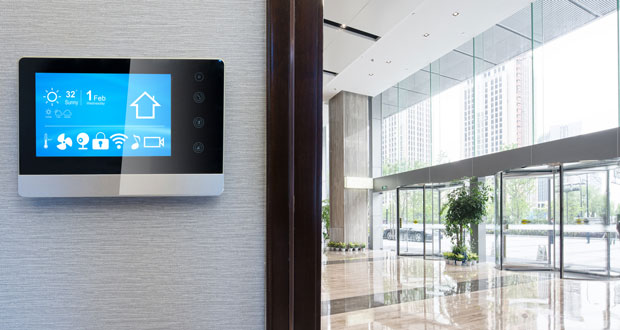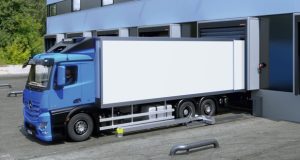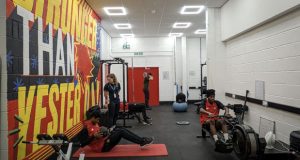Peter Burbidge, MD, Pressac
The global pandemic has seen three defined phases for businesses: respond, recover, and reimagine. The response phase was reactive to circumstance, and the recovery stage is underway. Now organisations can turn to the third phase: Reimagining the purpose of their workplaces.
As workers have become used to working in their own home environment, it’s key to differentiate the office as a more appealing, productive, and collaborative space in which to work.
Employees will demand more from their office buildings and expect an added incentive to compensate for their commute.
The return to work: what the future holds
The pandemic has changed how and why we choose to work in a physical office environment. As a result, the very nature of the workplace is evolving.
According to the CBRE 2020 Research Report ‘The Future of the Office’ the most in-demand building attributes are flexible office spaces, shared meeting spaces, indoor air quality, and connected tech/building apps.
Providing increased flexibility and choice for hybrid working is a great incentive for employees. But it also significantly increases the complexity for employers in terms of capacity, functionality, and the ongoing management of facilities.
Workplace transformation is trending away from dedicated private space and towards shared collaborative space. This is critical for workplace efficiency and satisfying a hybrid workforce.
Employees will increasingly use the workplace to organise their life and work and spend free time with colleagues. This means the focus of office design will shift smartly from maximising available space to responding to the needs of individuals within.
And this is where property technology — Proptech — can help.
Technology is the key to unlock the reimagining phase of the office. However, technology for technology’s sake is a poor investment — wise managers will look to find clear use cases backed by data insights to support their decision making.
For example, by leveraging data gathered by smart sensors, managers and property owners can gain deeper insights into how spaces are used and how they can be adapted or personalised for each user.
In the future, smart sensors will be leveraged in many interesting ways to make spaces more communicative, intuitive, and intelligent enabling workspaces to ‘shape-shift’ for maximum efficiency, altering temperature and lighting levels, and even make adjustments when workers are getting bored or frustrated.
Using multiple sensors in clever combination, can help create buildings that adjust completely responsively to the behaviour of the people inside.
For example, a meeting room might work better as a less formal area without a central boardroom-style table one day, and a video-conference space the next.
A stale office that’s too hot or too cold, or a colleague’s loud music could all be easily assessed and addressed to make occupants happier. Light intensity and spectrum, sound amplitude and direction, air quality, odour, and occupant location and activity may soon all be integrated to provide the granular information necessary for the environmental systems to react to user needs. Sensors could even be used to monitor heart rate, emotions, and gaze direction.
We’ve all heard about the health benefits of using a standing desk. In the office of the future, we’ll see smart furniture used to make an employee’s time at the office more pleasant, comfortable, and interactive. Starting with something as simple as the ergonomics of their work position, recording data of the user’s sitting and standing time, and offering them feedback to offer great levels of customisation to the office experience.
Smart tech could even ensure highly personalised employee comfort; desks and chairs will adjust according to an individual’s biometrics, and computer screens and desk lighting could adjust automatically to their needs.
Using data to drive decisions
IoT is making it possible for us to live in a smarter world, surrounded by smart sensors that harness the power of data to consistently improve the way they interact with us and as an extension, the way we interact with our workspaces.
The message is clear: to establish an actionable strategy, companies need a data-driven approach.
Data supports a more predictive modelling of supply and demand, helping to bridge the gap between physical and virtual workplaces. This will also capture insights into the personal preferences and behaviours of the end-user, continually adapting to meet changing needs.
For more information visit Pressac.com
-ends-
To have your industry news published in the pages of FMJ’s news section, Month in FM, and here online on fmj.co.uk, please send your news and image to Danny Grange danny.grange@kpmmedia.co.uk
The view or information contained within these unedited press releases, are that of the company producing it and not necessary the views of kpm.





